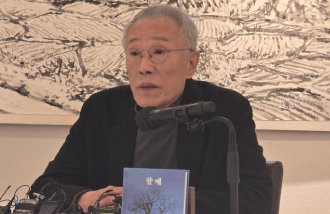The worst job market in 26 years
The worst job market in 26 years
Posted February. 12, 2025 07:39,
Updated February. 12, 2025 07:39
The ‘job vacancy multiple,’ which refers to the number of jobs per job seeker, fell to 0.28 last month. The number of people looking for jobs in January, as calculated by the government-run employment portal Worknet, was 479,000. Still, the number of new jobs (number of people looking for jobs) was only 13,500, meaning that 100 people competed for only 28 jobs. The figure is the lowest since January 1999, right after the Asian financial crisis, and marks the worst employment freeze in 26 years.
The decline of the job vacancy multiple, which had remained around 0.5 in the second half of last year, is due to the sluggish domestic economy which has worsened in political turmoil in the aftermath of martial law and impeachment. External risks have grown, particularly with the launch of the second Trump administration, which advocated “America First,” making companies hesitant to hire. In particular, the economic slowdown is noticeable in the manufacturing, construction, and wholesale/retail industries, which significantly affect job creation, driving down job reduction.
What is more concerning is that the number of jobs in large corporations and public institutions, which are highly preferred by the youth and considered stable workplaces, is rapidly decreasing. The number of employed at businesses with 300 or more employees, including large corporations, increased by 58,000 last year, the smallest increase in six years. The number of regular employees employed by public institutions has halved in five years, falling below 20,000 for the first time last year.
The outlook going forward is not bright either. The government predicted that the number of employed would increase this year by 120,000, but this figure cannot be guaranteed, considering prolonged political instability and low economic growth. Following the Bank of Korea lowering its forecast for this year's economic growth rate from 1.9% to 1.6-1.7%, the Korea Development Institute (KDI) also lowered its forecast from 2.0% to 1.6% on Tuesday. In a recent survey by the Korea Employers Federation, 54% of companies with more than 300 employees said they plan to ‘reduce hiring.’
Given such circumstances, it is no surprise that more than 420,000 young people have given up on finding jobs. The government and politicians must quickly confirm the size and timing of the supplementary budget to prevent the situation from worsening. Regulations must be changed to allow more flexibility in hiring. It is crucial to foster an environment for the youth to start building careers at SMEs when experienced workers are preferred over recruits at both private and public companies.







